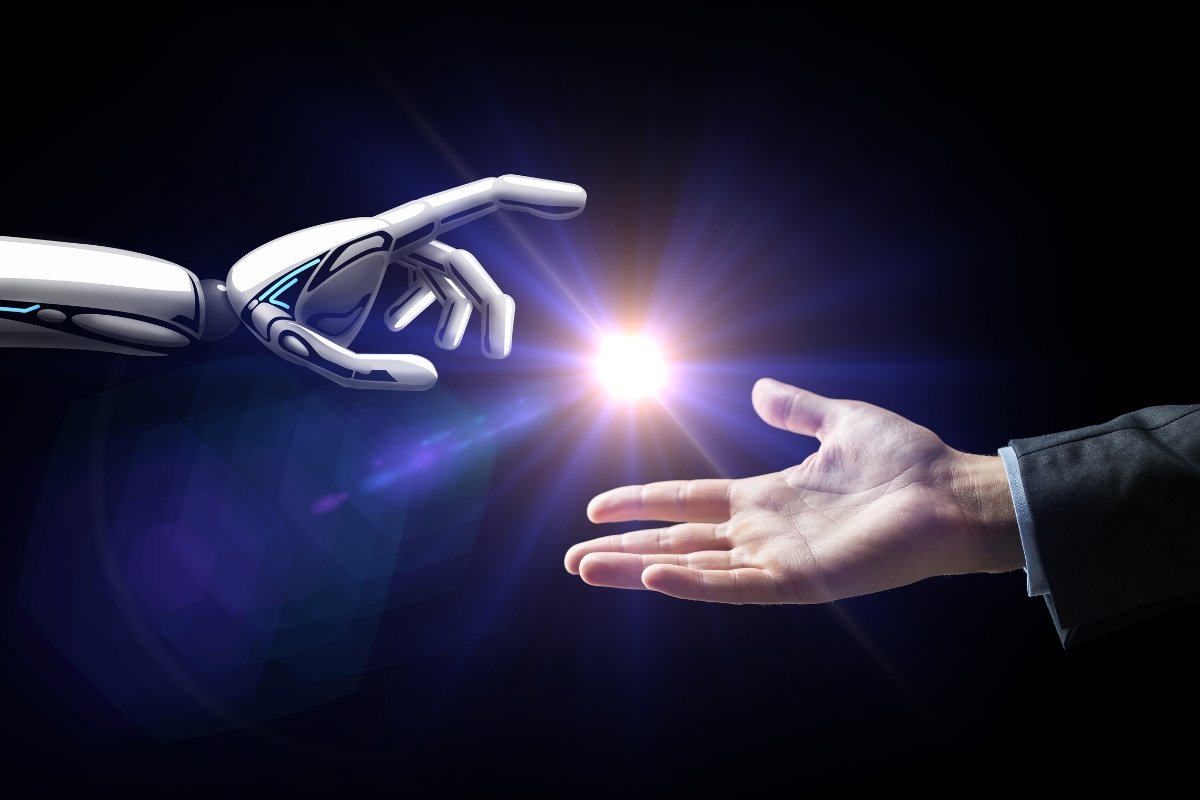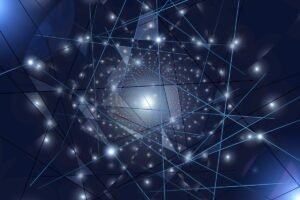In this article, we will explore both the positive and negative impacts of AI on human rights, discuss ethical concerns, and consider the ways we can shape AI’s future to benefit society as a whole. Artificial intelligence (AI) is rapidly changing the landscape of technology, from smart assistants in our homes to powerful surveillance systems shaping the world around us.
With AI’s immense power comes significant responsibility. As we stand at the crossroads of technological advancement and human rights, we need to ask: Can AI be a force for good, or does it pose a threat to our fundamental freedoms?
Table of Contents
Concerns About Human Rights
AI-powered technologies have immense potential, but they also raise serious concerns, especially when it comes to privacy and human rights. Let’s take a closer look at some of these concerns:
1. Infringement on Privacy
One of the most significant concerns is AI’s impact on privacy, particularly in authoritarian regimes where surveillance is widespread. Governments can use AI-powered surveillance systems to monitor citizens’ every move, infringing upon their right to privacy. Technologies like facial recognition and predictive policing algorithms can easily cross the line, leading to increased government control and the loss of personal freedoms.
2. Bias and Discrimination
AI systems, when not carefully designed, can perpetuate or even exacerbate biases, particularly in areas like racial and gender discrimination. Predictive policing algorithms have shown a disturbing pattern of racial bias, and facial recognition technology has also been criticized for misidentifying people of color more frequently than white individuals. These biases in AI can lead to injustices, reinforcing existing inequalities in society.
3. Lack of Accountability
AI decisions are becoming more prevalent in everyday life such as loan approvals or healthcare choices. But who is responsible when these systems make biased or harmful decisions? With AI playing an increasing role in critical decisions, establishing clear accountability is essential to ensure that individuals are protected from potential harm.
Read More Discrete vs Continuous Data in 2025
4. Job Displacement and Automation
Another looming threat is the rise of AI-driven automation, which is expected to replace many jobs across industries. While AI has the potential to improve productivity, it can also threaten the right to work for millions of individuals. As automation accelerates, it’s crucial to address how this shift will impact the livelihoods of those who are displaced by AI systems.
5. Misinformation and Manipulation
AI is also being used to create deep fakes and automated bots, which can influence public opinion and disrupt democratic processes. AI-generated fake news and manipulated videos can mislead the public, interfere with elections, and undermine the very foundation of democracy. This ability to manipulate reality poses a significant threat to free speech and democratic integrity.
The Positive Impact of AI on Human Rights
While the potential risks of AI are significant, the technology also holds great promise in promoting and protecting human rights. Let’s explore some of the ways AI can be a force for good:
1. Detecting Human Rights Violations
AI has the potential to help detect and prevent human rights violations. For example, AI can analyze satellite images or social media data to uncover evidence of genocide, war crimes, or other abuses. By identifying these issues early, AI can help bring attention to crises before they escalate, aiding efforts to protect vulnerable populations.
2. Enhancing Accessibility for Disabled Individuals
AI can play a crucial role in increasing accessibility for individuals with disabilities. Tools like speech recognition and image description technologies are already empowering people with hearing or visual impairments to engage more fully with the world. As AI advances, these tools will continue to make daily life more inclusive for all.
3. Supporting Disaster Response
AI is also making strides in improving disaster response. AI can predict natural disasters, like hurricanes or earthquakes, and provide early warnings, helping to save lives. Additionally, AI can help coordinate aid efforts in the aftermath, ensuring that resources are allocated efficiently and effectively to those in need.
4. Combating Human Trafficking
AI algorithms are being developed to combat human trafficking by detecting suspicious patterns in online activity. By analyzing vast amounts of data, AI can identify trafficking networks and help law enforcement agencies intervene before more lives are affected by this devastating crime.
5. Promoting Legal and Healthcare Access
AI is improving access to critical services like healthcare and legal aid. AI-powered chatbots and virtual lawyers are helping underserved communities receive legal advice, while AI-driven diagnostic tools are expanding healthcare access, especially in remote areas with limited medical resources. These advancements are helping bridge gaps in service and ensuring that people from all walks of life can access the support they need.
Read More Safe Reinforcement Learning in 2025
Ethical Guidelines and Regulation
As AI continues to shape our world, it’s essential that we design systems with ethics, transparency, and accountability at the forefront. The development of clear ethical guidelines is crucial to ensuring that AI serves humanity rather than undermining it.
Organizations like the United Nations (UN) and the European Union (EU) are already working on developing frameworks to guide the ethical use of AI. These guidelines aim to promote fairness, reduce bias, and ensure that AI is used to benefit society as a whole.
Diversity in AI development is also key to minimizing biases. Diverse teams are more likely to consider a broader range of perspectives, leading to more equitable outcomes for all. Governments must also play a role in enforcing laws that protect digital rights and hold developers accountable for the impact their systems have on society.
Frequently Asked Questions (FAQs)
Q. How can AI help protect human rights?
Ans. AI can assist in identifying human rights violations, promoting accessibility for disabled individuals, supporting disaster response, and improving access to legal and healthcare services. It also aids in combatting human trafficking by analyzing patterns in online activity.
Q. What are the risks of AI to human rights?
Ans. AI can infringe upon privacy, exacerbate biases in decision-making, displace jobs, and be used for manipulating public opinion. Without proper regulation, AI could undermine democracy and civil liberties.
Q. What is the role of governments in regulating AI?
Ans. Governments must enforce laws that protect digital rights, regulate AI technologies to prevent harm, and ensure that developers are held accountable for the systems they create.
Q. How can AI improve accessibility for disabled people?
Ans. AI tools like speech recognition and image descriptions are already empowering people with disabilities. These technologies help make daily tasks easier and more inclusive.
Conclusion
AI has the potential to both protect and violate human rights, depending on how it is designed, deployed, and regulated. The choice is in our hands governments, developers, and society must work together to ensure that AI technology serves humanity, not the other way around. By focusing on ethical principles and promoting inclusivity, we can harness AI’s power for good.
What do you think? Can we trust AI to protect our rights, or should we proceed with caution? Share your thoughts in the comments below, and let’s continue this important conversation.





Pingback: Algorithm Fairness in AI in 2025 Why It Matters for Your Future - Pickn Reviews
Pingback: Ethical AI Governance and Regulation in 2025 and How AI Shapes Our Lives and What We Need to Know - Pickn Reviews